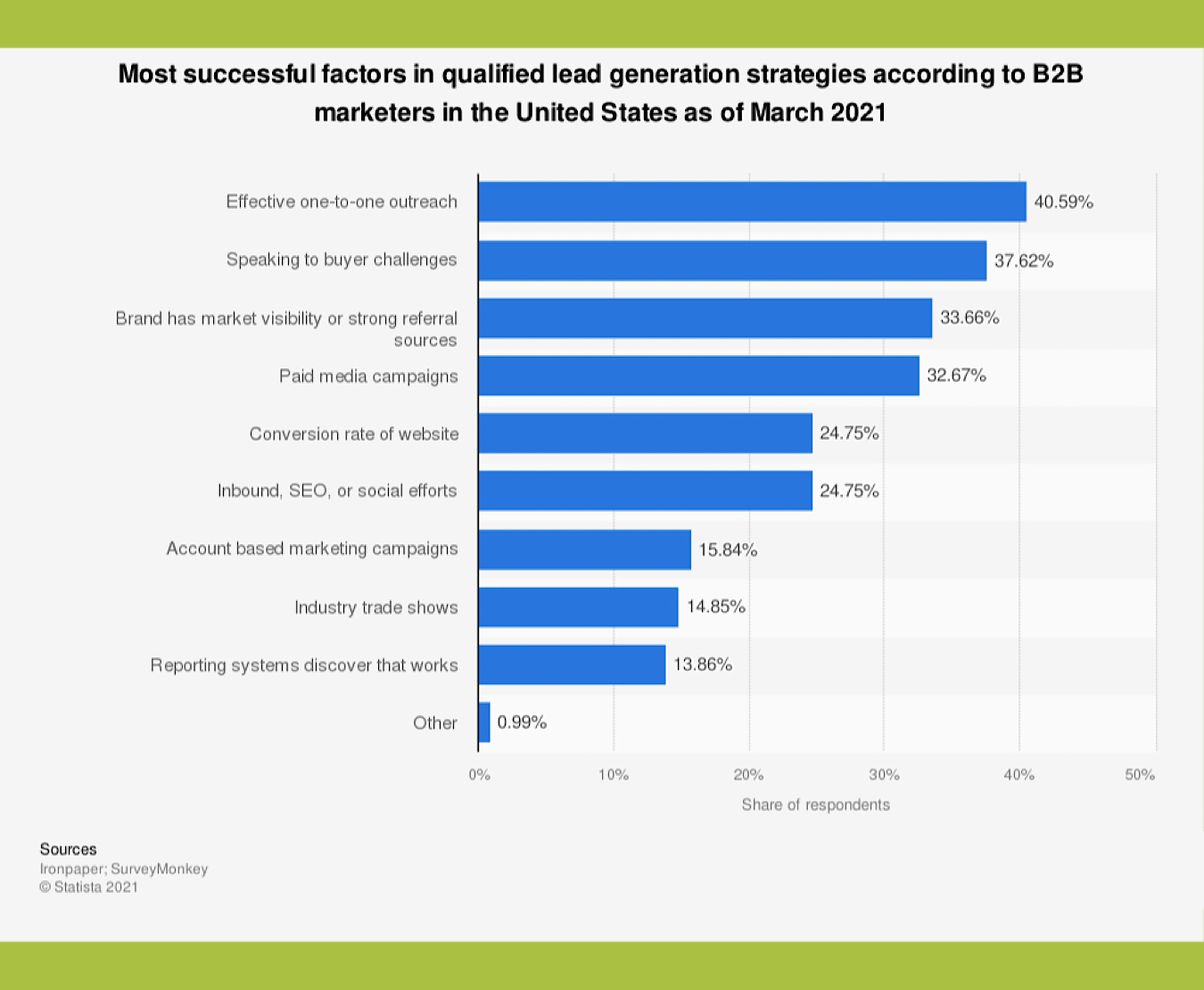

In this first of three posts on B2B website conversion optimization, I’ll explain why your website may be your first (and possibly only!) chance to make the sale.
A website conversion can be defined as any time an anonymous website user provides you with contact information.
NUMBER OF FORM COMPLETIONS ÷ TOTAL WEBSITE VISITORS x 100
Alternatively, a conversion may be defined as a lead that becomes an opportunity. For example, a prospect that moves from completing an online form to holding a sales call or meeting.
OPPORTUNITIES ÷ TOTAL LEADS X 100
Either way, the conversion rate is the percentage of website visitors that become marketing qualified leads—or recognizable sales opportunities.
Once you have contact information, you can engage in lead nurturing and/or sales activities. But what if you don’t get the chance to send an email or schedule a meeting before a buyer selects a supplier?
B2B shoppers learn fast and act fast.
The fast pace of today’s B2B buyers has pushed the need for website conversion optimization into the critical zone.
So what makes a good website conversion rate? Typical rates vary across industries:
There are ways to ensure you’re getting the most out of your website with every visitor.
The bottom line, with buyers spending more time researching independently, B2B website conversion optimization can mean the difference between getting a sale and losing an opportunity.
Next week, part 2 in this series will cover ways to optimize your site to improve conversions. Finally, in part 3, I will cover measuring and tracking your website conversion rate to optimize qualified leads and increase sales.
For now, we’d love to hear your thoughts. Connect with us on LinkedIn or Tweet us. Or get in touch through our website.
With over two decades of experience, Parin leads an expert demand-generation agency, StratMg, that helps industrial manufacturing clients achieve unambiguous and quantified organic sales growth across the US, EMEA & APAC.
Parin has built & positioned StratMg to be a value-added marketing services provider that strives to create a culture of quantified sales-driven marketing initiatives leading to sustained business growth through channel management, diversification, new customer acquisition and retention strategies and tactical execution.